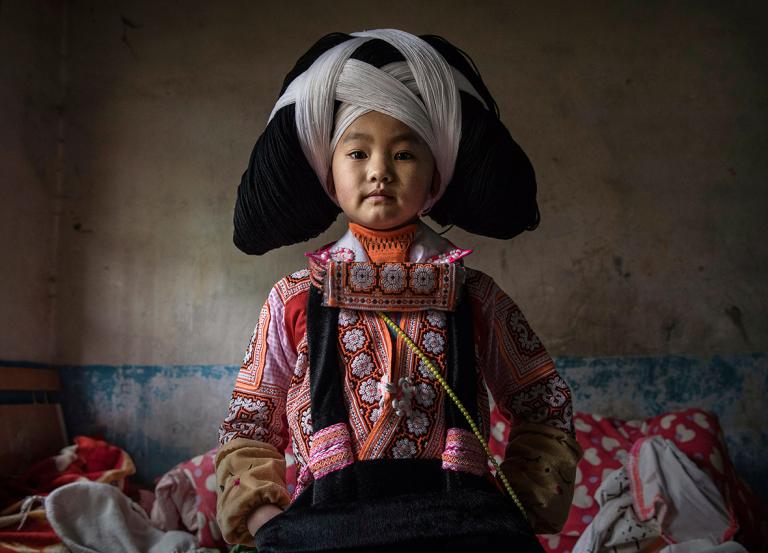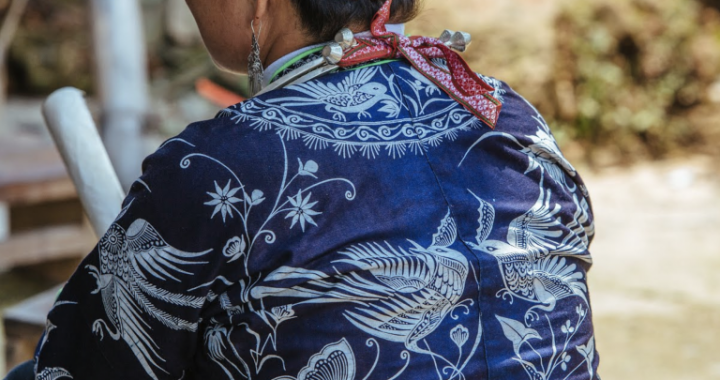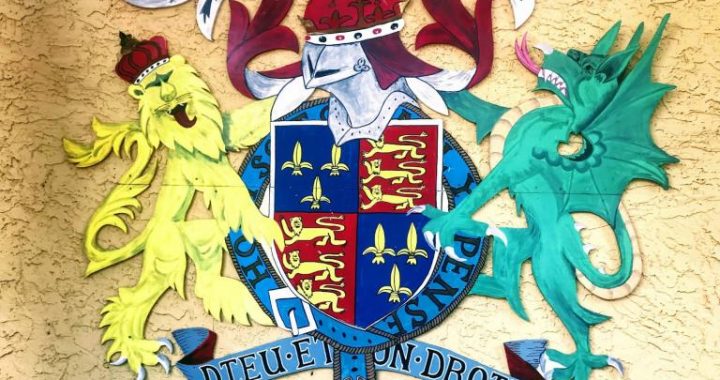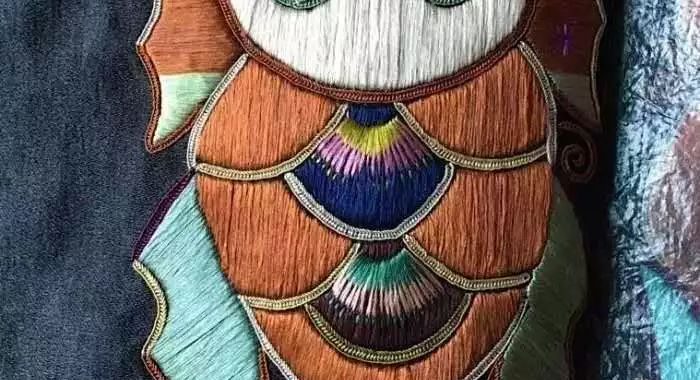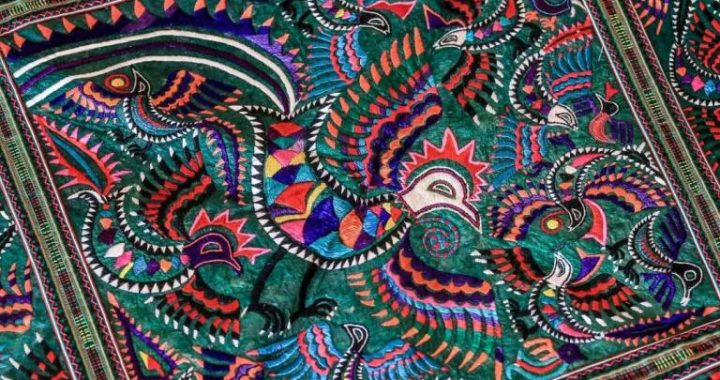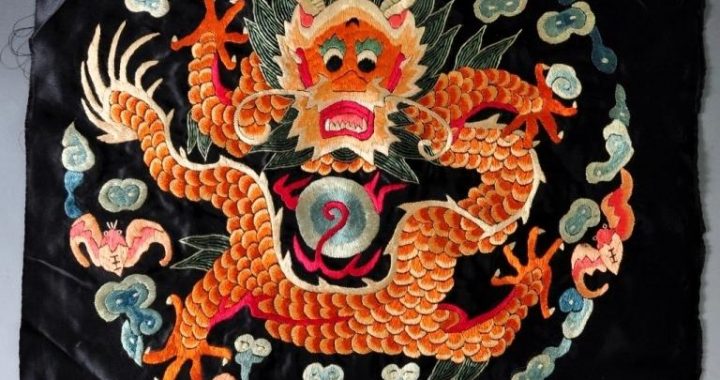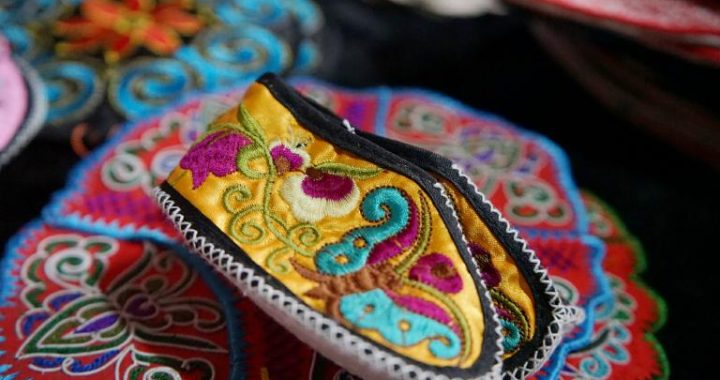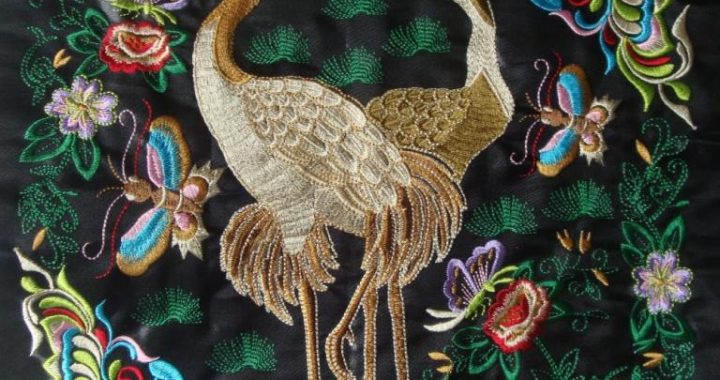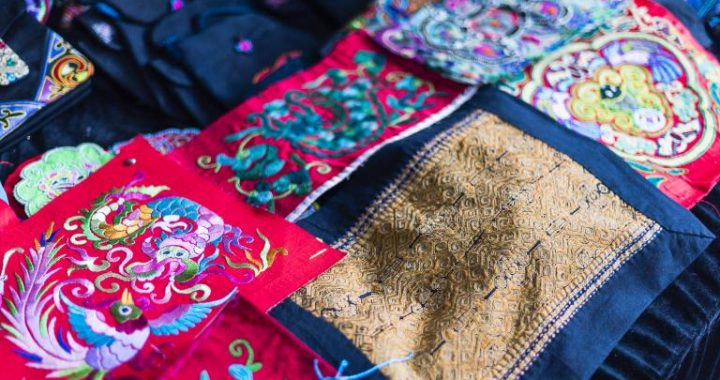A Legend of over a Thousand Years of Miao
2 min readAccording to Australian anthropologist W. R. Geddes, there are two miserable but rebelling ethnic groups in the world, the ethnic Miaos in China and the Hebrew people scattered in the world. Legend has it that chieftain of the Jiuli tribes Chiyou, who was respected by the ethnic Miaos as their ancestor, was defeated by the tribes led by Huangdi and the tribes retreated since from central plains. This is the war remembered ever since in the songs by the ethnic Miaos everywhere.
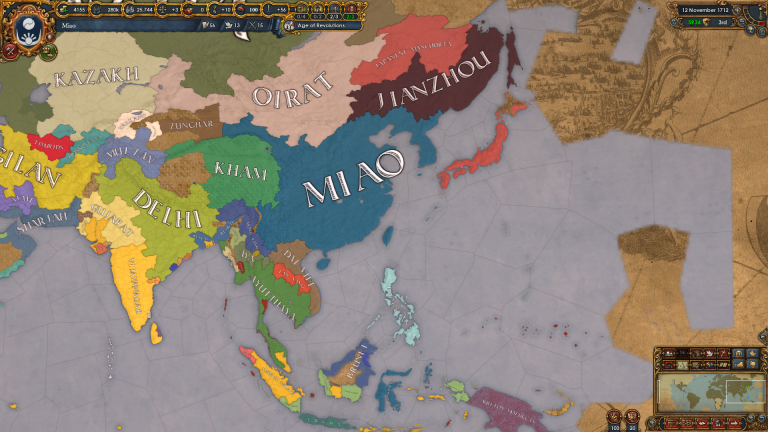
So the history of the ethnic Miao people has a very special starting point, followed by an endless migration. This rare-seen long migration accompanies the whole Miao civilization history and is described as the oldest Long March in human history. The Miao Long March bring the Miaos to mountainous regions in Southwest China from central and coastal plains and further to Vietnam, Laos and Kampuchea in Indochina Peninsula, along the rivers and mountain passes. Later, part of the Miaos or Hmongs in Southeast Asia are called, because of a historical event, further moved to France in Europe, Australia in the Southern Hemisphere and the United States in the Western Hemisphere. Thus the ethnic Miaos become a unique transnational and transcontinental ethnic group in the world. Destiny is fair in every way. Ethnic Miaos has no written language and their history and remembrance are handed down by oral stories and m ore im portantly by embroidery patterns on the costumes as the material form So the patterns and forms of the Miao em broidery are of dual functions aesthetical and textual. This is the fundamental difference between Miao embroidery with other embroideries. Ethnic groups with no written language are more creative in patterns than those with it here are four schools of Chinese embroideries,e.g. Suzhou embroidery, Hunan embroidery, with the typical dexterous skills.
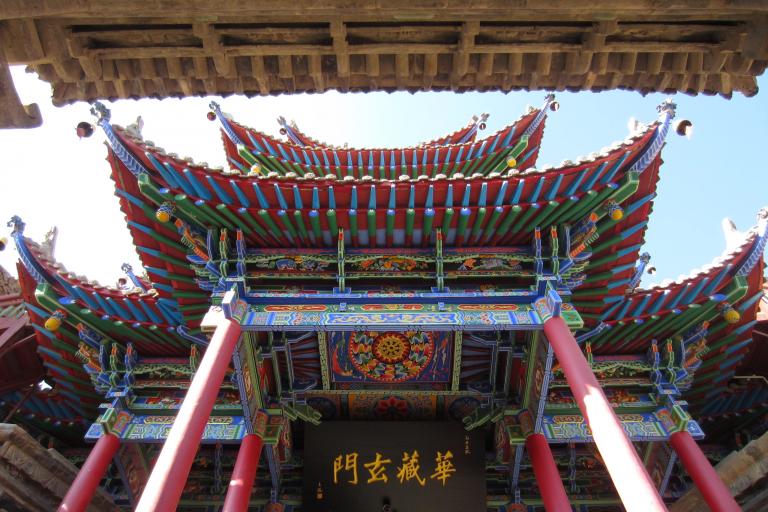
Guangdong embroidery and Sichuan embroidery, which are all famous since ancient times and in the world.These embroidery schools are noted and acclaimed for the vividness and resemblance of the objects to real life objects and animals. The contents of embroideries are true-life scenes or paintings and calligraphies, which are seen, in our daily life. But as for Miao embroidery, its contents, ideas governing the creation and intended functions are totally different If the ethnic Han schools of embroidery are intended as gifts and presents to other people, then the traditional Miao embroidery is intended for ancestors and for their Gods. So what is on Han schools of em broidery is “m aterial” and it is “spiritual” on Miao embroidery. “Miao embroidery has its own aesthetical values instead of imitating paintings and calligraphy It is embroidery for embroidery, and true embroidery. These are the words left by Professor Qiao Shiguang of Tsinghua Art School after visiting our Miao Embroidery Exhibition held in Beijing in 2000.His words pointed out the essence of Miao embroidery.
